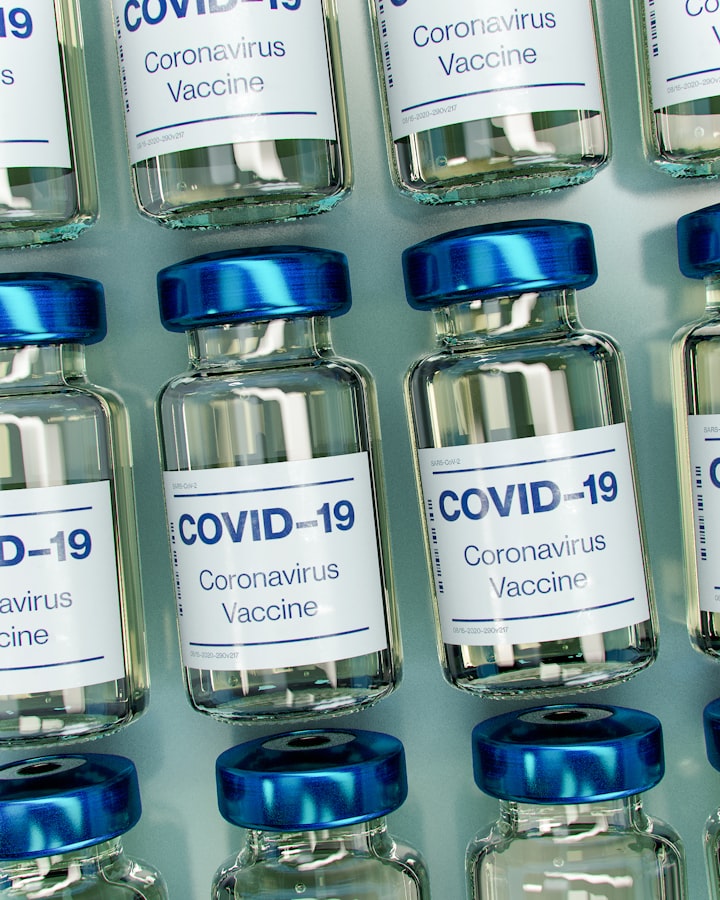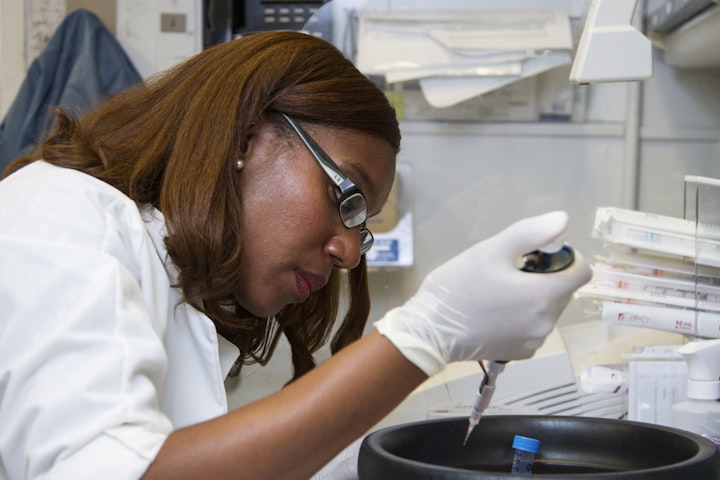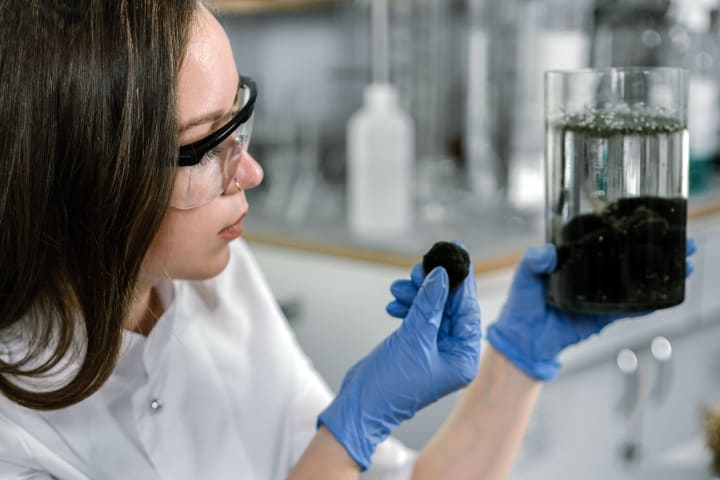How science fiction predicted recent high-tech developments in chemistry
science fiction prediction

Science fiction has a long history of predicting or inspiring technological developments in various fields, including chemistry. Here are a few examples of high-tech developments in chemistry that have been predicted or influenced by science fiction:
Synthetic biology: Synthetic biology is a field of biology that involves the design and construction of biological systems that do not occur naturally. It combines principles from engineering, computer science, and molecular biology to design and build novel biological components, devices, and systems.

Synthetic biologists use techniques from molecular biology, such as DNA synthesis and gene editing, to modify the genetic makeup of living organisms or to create entirely new life forms. They may also use computer-aided design tools to model and simulate biological systems.
Synthetic biology has a wide range of potential applications, including the production of biofuels, the development of new drugs and therapies, and the creation of new materials. It has also been depicted in science fiction as a way to create artificial life forms or to manipulate living organisms for various purposes.
Nanotechnology: Nanotechnology is the design and construction of materials, devices, and systems at the nanoscale, which is approximately one billionth of a meter. It involves the manipulation of matter at the atomic and molecular level to create materials with novel properties and characteristics.

Nanotechnology has a wide range of potential applications, including the development of new materials with improved strength, durability, and other properties; the creation of more efficient energy production and storage technologies; and the development of new medical treatments and therapies.
Nanotechnology is a rapidly advancing field, and researchers are exploring a variety of techniques for manipulating matter at the nanoscale, including chemical synthesis, physical vapor deposition, and lithography. It has also been depicted in science fiction as a way to create microscopic machines or devices that can manipulate matter at the atomic and molecular level.
Drug design and delivery: Drug design and delivery involves the development of new drugs and the development of technologies for delivering those drugs to the body in a targeted and effective manner.

The development of new drugs typically involves the identification of a specific therapeutic target, the design of a compound that can bind to and modulate the activity of that target, and the testing of the compound in preclinical and clinical trials.
The development of drug delivery technologies involves the design of systems that can deliver drugs specifically to the site of action in the body, either by targeting specific cells or tissues or by releasing the drug in response to a specific trigger. These technologies may involve the use of nanotechnology, microfluidics, or other advanced technologies.
Drug design and delivery is an important area of research with the potential to improve the effectiveness and safety of medical treatments. It has also been depicted in science fiction as a way to deliver drugs directly to the body or to target specific cells or tissues.
Genetic engineering: Genetic engineering is the modification of an organism's DNA to alter its characteristics or traits. It involves the use of techniques from molecular biology, such as DNA synthesis and gene editing, to modify the genetic makeup of living organisms.

Genetic engineering has a wide range of potential applications, including the production of crops with improved yields, the development of new drugs and therapies, and the improvement of industrial processes. It has also been depicted in science fiction as a way to alter or enhance the genetic makeup of living organisms.
There are many different techniques that can be used for genetic engineering, including restriction enzymes, which are used to cut DNA at specific points; ligase enzymes, which are used to join DNA molecules together; and gene editing technologies, such as CRISPR/Cas9, which can be used to precisely modify specific DNA sequences.
Genetic engineering is a rapidly advancing field with the potential to revolutionize many areas of science and industry. However, it is also a controversial field, and there are ongoing debates about the ethical implications of genetic engineering and the potential risks and benefits of these technologies.
Chemical sensing: Chemical sensing is the ability to detect and analyze chemicals in the environment. This can be done using a variety of different technologies, including spectroscopy, chromatography, and electrochemical sensors.

Spectroscopy is a technique that involves the measurement of the interaction of electromagnetic radiation with matter. It can be used to identify the presence and concentration of specific chemicals in a sample.
Chromatography is a technique that separates and analyzes mixtures of chemicals. It can be used to identify the presence and concentration of specific chemicals in a sample.
Electrochemical sensors are devices that use an electrical current to detect the presence of specific chemicals. They can be used to detect trace amounts of chemicals in the air, water, or other substances.
Chemical sensing is used in a wide range of applications, including environmental monitoring, food safety, medical diagnosis, and industrial process control. It has also been depicted in science fiction as a way for characters to detect and analyze chemicals in the environment.
These are just a few examples of how science fiction has predicted or inspired recent high-tech developments in chemistry. There are many other examples of science fiction influencing or predicting technological developments in other fields as well.
About the Creator
Samira
25 years young.
inspired creative, enterprenuer and lover of life.
expressing herself through words, songs, images and sounds. writing her story daily, putting meaning to her path.
Welcome! :-)
Enjoyed the story? Support the Creator.
Subscribe for free to receive all their stories in your feed. You could also pledge your support or give them a one-off tip, letting them know you appreciate their work.






Comments
There are no comments for this story
Be the first to respond and start the conversation.